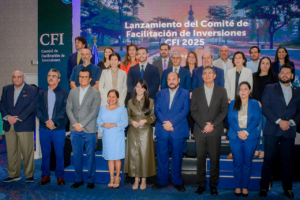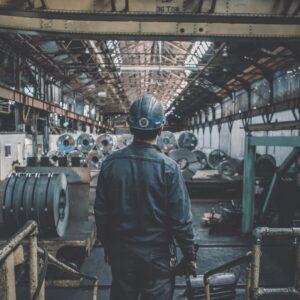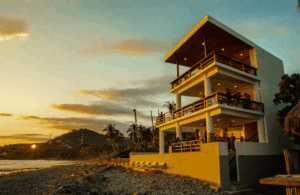
Invest in El Salvador, announced through its official website that the Asociación Salvadoreña de Industriales (ASI) is optimistic about the economic performance of El Salvador by the end of 2024, with growth projections that could reach between 3.5% and 4%, according to figures from the Banco Central de Reserva (BCR).
Likewise, Jorge Arriaza, President of the ASI, pointed out that this would be the highest growth rate in recent years, supported by the recovery of the US market and the growing industrial demand driven by nearshoring in Mexico and the customs union between Guatemala, Honduras and El Salvador.
One of the most prominent sectors in this dynamic is the textile and apparel sector, which accounts for 33% of the country’s total exports, with more than US$2.5 billion in annual sales. According to Arriaza, this sector has left behind the maquila concept to become a high-tech industry, producing high-quality luxury garments, mainly for the U.S. market.

In addition to the textile sector, others such as the food, pharmaceutical, plastics, cardboard and metal-mechanic sectors are gaining ground in international markets, contributing significantly to the diversification of El Salvador’s export offer. In total, salvadoran industrial products reach 120 countries, and industry represents 95.7% of the country’s total exports. The growth of emerging sectors, such as technology, specifically in the production of microcondensers, and the automotive sector, with vehicle components exported mainly to Mexico, also augurs well for a positive year-end for salvadoran industry.

The recent customs integration between Guatemala, Honduras and El Salvador, announced by Minister María Luisa Hayem, is another factor that is boosting the sector. This agreement, which eliminates tariffs and facilitates trade between these countries, allows salvadoran companies to access a larger market more easily, which further boosts growth expectations.
With these elements in play, El Salvador’s industrial sector is positioned to close 2024 with a positive balance, reflecting the impact of the modernization and trade opportunities that have been consolidated in the region.







